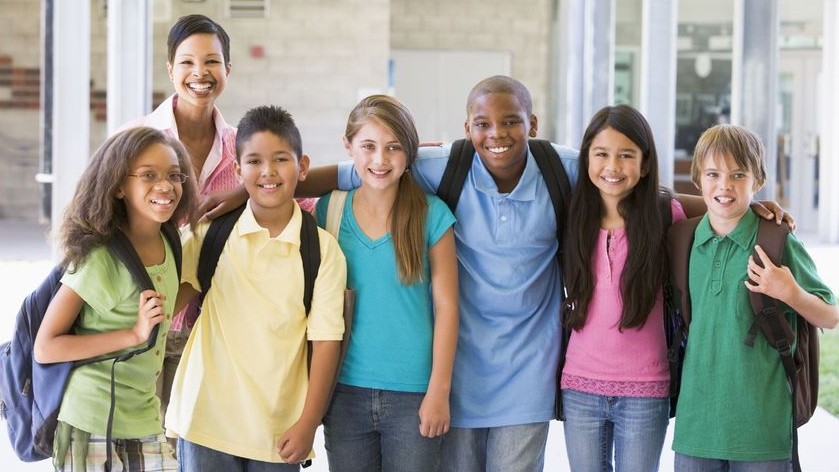It’s been a hard few days. The tragedy in Connecticut on Friday is frightening and numbing. One of the little girls was named Olivia. My niece is named Olivia. How my heart would have broken had she been a victim in that classroom? How do those parents and families and friends carry on without their little Olivia? We are so sorry for your loss and join with so many others in offering our support.
There is no answer to the question “why” that will satisfy. The debate on how to prevent these tragic acts of violence from continued occurance in our country will not be a simple one. This is a complex issue that will likely require multiple levels of response.
Events such as this can often make us feel powerless. We are overwhelmed by the loss and the scope of the problem. Often we look to government mandates, laws, or regulations to address the prevention of such violence. While our government is an important part of the solution, there are also steps that we, as leaders in organizations, can take to contribute to safe, stable, and nurturing relationships and environments for our children.
This week, I’ll share with you some resources about what we can all do – right now – to prevent the maltreat of children. I’ve always said that one of the things I love most about working at Giant Leap is the variety of people and perspectives I get to encounter through my work. For several years, I have had the honor of working with the Knowledge to Action Consortium. This think tank of experts meets a few times a year at the Centers for Disease Control and Prevention, and their focus is to identify ways of preventing child maltreatment at the community and social levels. To treat child maltreatment as a public health issues, that effects the whole community, if you will.
One of the personal effects of facilitating this group is that I have come to a deeper understanding of the value of having prevention be a value within a community. I challenge you to not think of prevention as the domain of non-profits. Rather I urge you to think about what role can businesses and employers play in creating environments that contribute to safe, stable and nurturing relationships for all kids.
Need some ideas to get started? Here are three of the things that we have done at Giant Leap to work towards preventing violence:
- Support the capacity and knowledge building of organizations that work on prevention issues. Since 2002, we have served on project teams, focus groups, review panels, and offered pro bono services. Look for a chapter of Prevent Child Abuse America in your state, city, or town as a great place to get started.
- Sponsor a staff training that focuses on the prevention of child sexual abuse. We took the online version of Darkness to Light, and that training reminded me that it is the responsibility of adults to keep kids safe, not to prove that abuse has occurred. The online version doesn’t take much time, but there may be options is your area to have a group training at your organization. If you’re in Georgia and want to have training at your organization, check out the prevention initiative at the Georgia Center for Child Advocacy.
- Training is not your only resource. We have a flexible working schedule, so that we can flex our time to attend recitals, sports games, family gatherings, volunteer events, or even focus on tending to a sick child. This allows me to not feel as stressed at work if there is a family need to which I need to attend. It helps me to contribute more when I am at work and be more attentive when I am with family.
These are some of the ways that we are working to prevent child maltreatment as an organization. Prevent Child Abuse America released a series of articles titled Why Prevention Matters. Each article is a great resource, but let me draw your attention to one in particular. Michael E. Axelrod is the Managing Member of Trinova Partners LLC, a business consulting firm in Atlanta, GA, contributed to this series and wrote the article Better Lives For Children Lead To Better Climate For Business. In it, Michael does a great job of explaining why contributing to the prevention of child abuse also benefits an organization’s bottom line.
There are so many children who are victims of violence in our country. We all have a role in preventing it. Are there things that your organization does to prevent child abuse and contribute to creating safe, stable, and nurturing communities?



